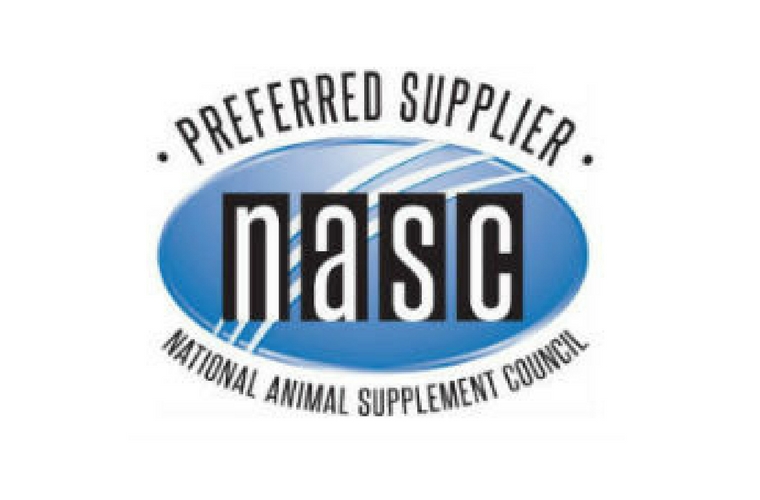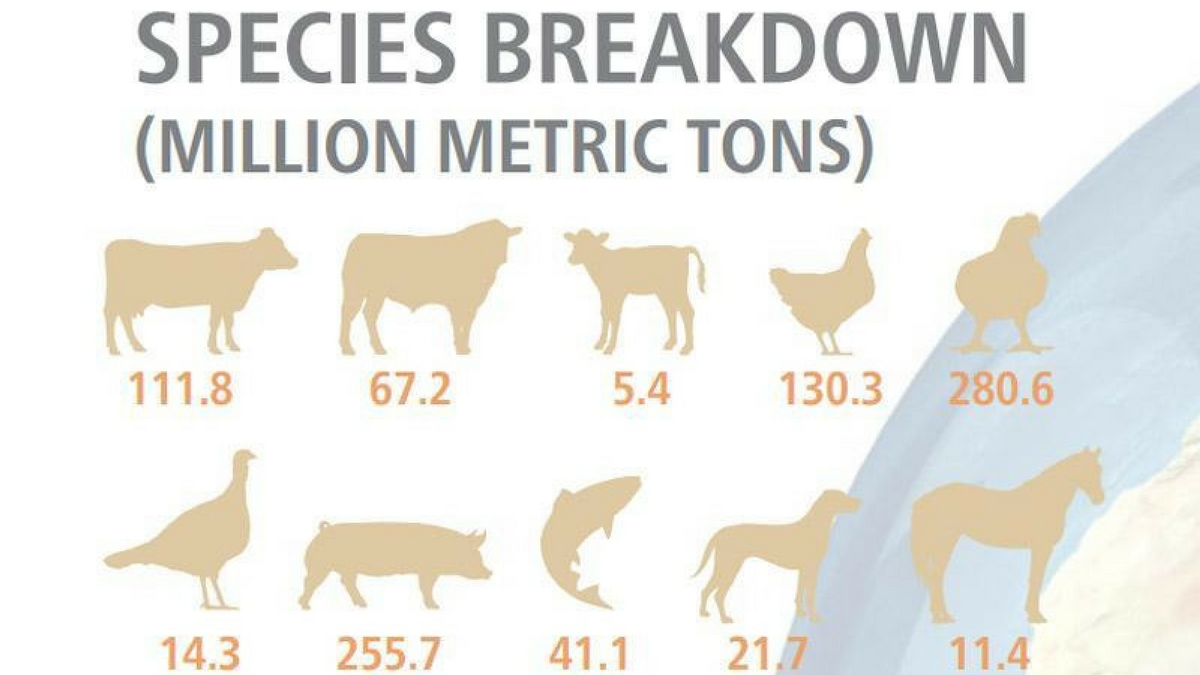Health-conscious consumers in search of wellness and quality of life are the key drivers behind a booming market for food and beverages with added benefits. This functional foods market was already estimated at $129.39 billion in 2015, and a compound annual growth rate of 7.8 percent is expected through 2021.
Strengthening this trend is a major demographic change taking place: the boomer generation is aging.
By the year 2050, 30 percent of the U.S. population will be 65 years of age and older, and a similar demographic trend is expected in other regions of the world. Currently, life expectancy at birth is 78.9 years, a significant increase over the past 40 years due to advances in medical care and nutrition. This means more people are experiencing the aging process, which brings with it a series of changes and a decline in body functions, such as eyesight, hearing, taste, mobility, memory and cognition.
This is due to an accumulation of damage to cells, tissues and organs, occurring over time from changes in hormonal regulation, wear and tear, and free radical production, among others.
One of the resulting conditions, cognitive impairment among older people, may place a tremendous burden on public health. Alzheimer’s disease (AD) is the most common neurodegenerative disease. It affects 5.3 million Americans 65 years of age and older, and that number is expected to quadruple by the year 2050 with a cost of over $1.1 trillion to the U.S. alone.
Can Fido come to the rescue?: Similarities between senior pet and human nutrition
As it is with humans, the pet population is also living longer due to better nutrition and veterinary care. It is estimated that 45 percent of dog parents have a dog aged 7 and older, while 46 percent of cat parents have a cat aged 7 and older.
A number of studies in the past 15 years provide evidence indicating similarities between man and his best friend as far as cognitive-behavioral skills are concerned, particularly in later stages of life. These studies suggest that cognitive decline in the aging canine is remarkably similar to that of human aging and dementia.
In humans, AD involves the accumulation of senile plaques called beta amyloid (AB) plaques and neurofibrillary tangles (NFT). Canines develop AB lesions but not full-blown NFT. In addition, free radicals or reactive oxygen species (ROS) from mitochondrial dysfunction may cause deleterious effects in neurons both in canines and humans.
In the canine model, the use of antioxidants and mitochondrial cofactors, such as carnitine, alpha lipoic acid and alpha-tocopherol, showed improved cognition and reduced neuropathology in aged dogs.
The beneficial effects of fish consumption are well-known in human health. Several studies in elderly people indicate that supplementation with docosahexaenoic acid (DHA) has a protective association against cognitive decline. Similarly, DHA supplementation in the canine model also shows improvement in cognitive learning in aged dogs.
More recently, there is strong evidence coming from a number of selenium yeast studies, indicating that selenium yeast plays an important role in reducing the beta-amyloid burden and minimizing DNA and RNA oxidation, which can assist in preventing age-related neuropathologies associated with cognitive decline.
There is no silver bullet that will provide a solution to the preservation of cognitive function through life. What is clear, however, is that the nutritional tools we have available can help us forge a magnificent shield to fight against cognitive decline in both the human senior and his best friend.

















